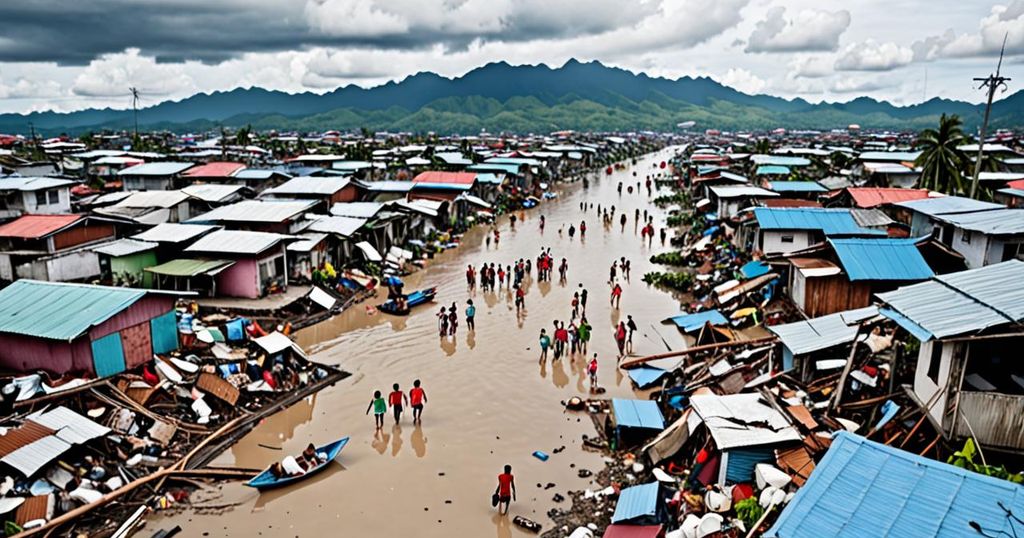The aftermath of Typhoon Haiyan in 2013 presented considerable challenges for internally displaced people (IDPs) in Tacloban City, Philippines. The journey towards finding durable solutions has been marked by complexities, as evidenced in a recent study.
A human rights-based survey, conducted seven years after the disaster, has illuminated the various obstacles that IDPs continue to encounter. These challenges encompass unequal access to housing, livelihood opportunities, and essential services. The findings of the survey underscore the deficiencies in human rights fulfillment for displaced individuals, drawing attention to the ongoing struggles in the pursuit of durable solutions.
A prominent insight from the study is the adoption of the “politics of mobility” framework, which emphasizes the intricate nature of displacement and resettlement. It acknowledges that the issues at hand extend beyond humanitarian and disaster recovery concerns to include developmental and mobility dimensions. This broader perspective provides a more comprehensive understanding of the complexities involved in post-disaster displacement.
The paper also delves into the impact of political and economic interests on decisions regarding land use, housing, and development. It highlights how these factors directly affect the attainment of durable solutions in the aftermath of a catastrophic event. By acknowledging the broader socio-political influences at play, the study offers valuable insights into the root causes of protracted displacement and the associated challenges.
The complexities surrounding the plight of internally displaced people in Tacloban City necessitate a comprehensive approach to addressing their needs. It is evident that the path towards durable solutions requires a thorough understanding of the multifaceted challenges and an exploration of adaptive and responsive strategies.
In conclusion, the study provides valuable insights into the struggles of internally displaced individuals in Tacloban City following Typhoon Haiyan. By shedding light on the complexities of finding lasting solutions, it underscores the importance of addressing the broader socio-political and economic influences at play. It is clear that a comprehensive and nuanced approach is needed to navigate the challenges of post-disaster displacement.

Leave a Reply